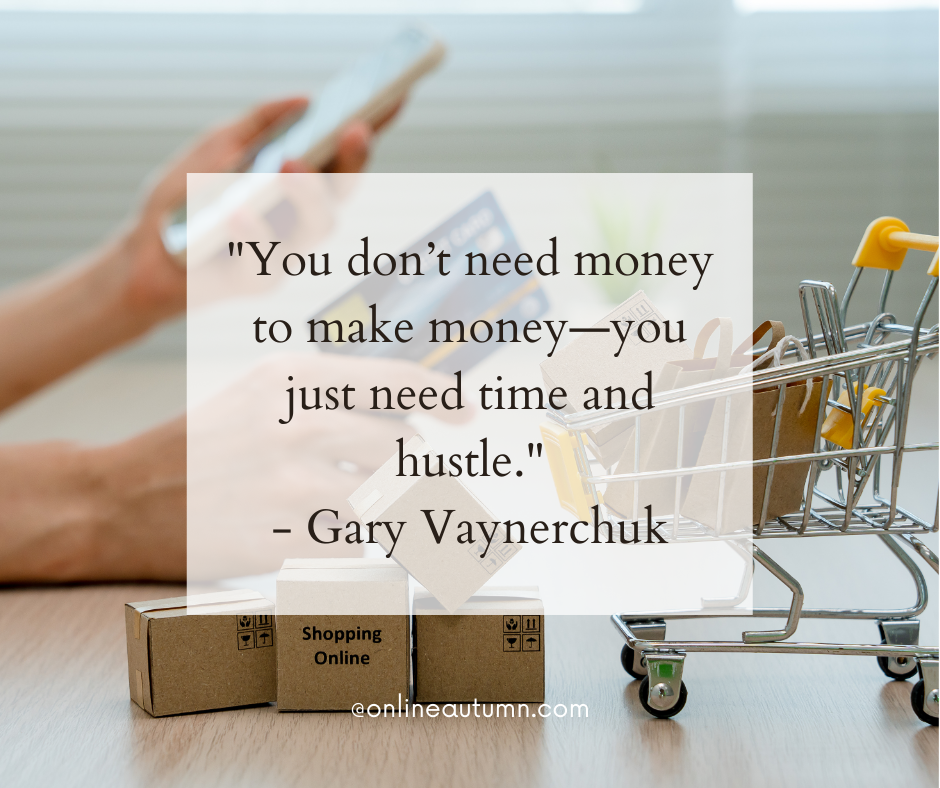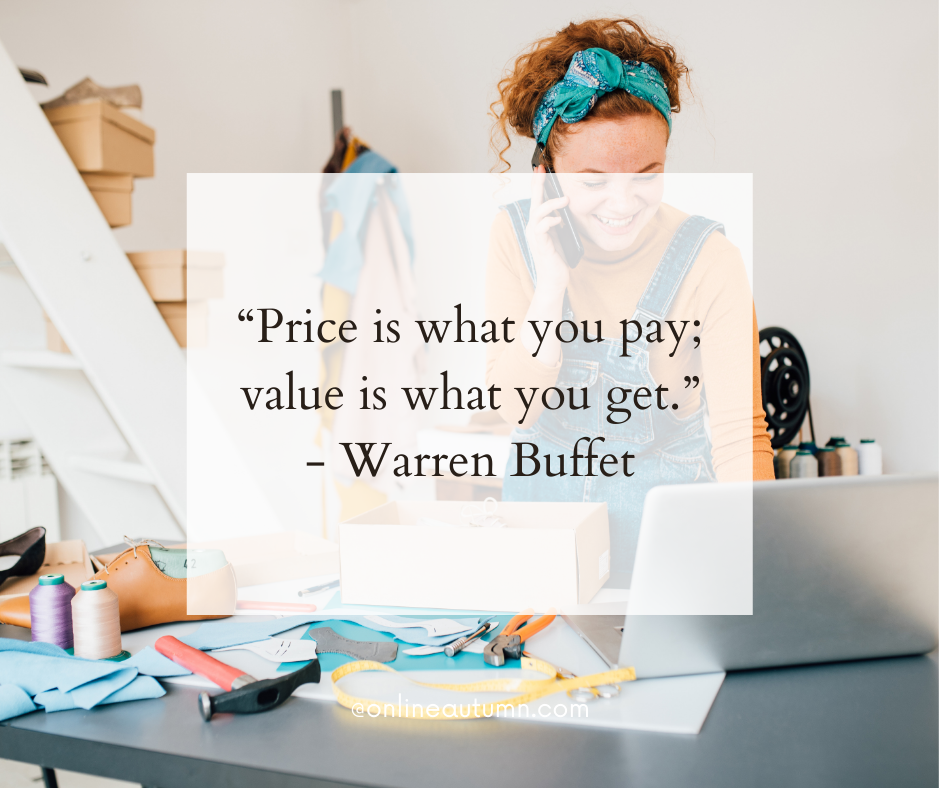Photo by Carlos Muza on Unsplash
A Beginner’s Guide to Earning Money Online – Flipping
Flipping items online has emerged as a lucrative way to earn money from the comfort of your home. If you’re unfamiliar with the concept, flipping means buying items at a lower price and reselling them at a higher value, making a profit in the process. With the right strategies, tools, and platforms, anyone can start flipping items online and turn it into a side hustle or even a full-time income stream.
This guide will walk you through everything you need to know to get started with flipping items online, including where to find products, which platforms and tools to use, and tips to maximize your profits. We’ll also share quotes and insights from successful entrepreneurs to inspire your journey.
What Is Flipping Items Online?
Flipping is essentially the art of buying low and selling high. In the context of online selling, this means finding undervalued or discounted items, purchasing them, and then reselling them for a higher price on platforms like eBay, Facebook Marketplace, or Poshmark.
One of the greatest benefits of flipping is that you don’t need to create anything from scratch. Instead, you’re leveraging existing products and giving them new life through resale. It’s a relatively low-risk business model, especially if you start small, and it can be scaled over time as you gain more experience.
As Gary Vaynerchuk, serial entrepreneur and author of Crush It! once said, “You don’t need money to make money—you just need time and hustle.” This sentiment perfectly encapsulates the flipping mindset: it’s not about how much you have to start with, but how much effort you’re willing to put in.

Why Flipping Items Online is a Great Way to Earn Money
Flipping items online has become a popular side hustle because of its accessibility, flexibility, and profitability. Here are some key reasons why it’s a great way to make money online:
- Low Startup Costs
Flipping requires minimal upfront investment compared to other businesses. You don’t need to buy inventory in bulk or rent a physical storefront. You can start with as little as a few dollars by sourcing items from thrift stores, garage sales, or clearance racks. - Unlimited Earning Potential
There’s no cap on how much you can earn by flipping items. As you scale up and reinvest your profits, your business can grow significantly. Experienced flippers often make thousands of dollars each month. - Flexible Schedule
One of the biggest advantages of flipping items online is the flexibility it offers. Whether you’re looking for a part-time hustle or a full-time income, you can set your own hours and work at your own pace. - Sustainability and Environmental Benefits
Flipping promotes a circular economy by giving products a second life instead of them ending up in landfills. By reselling items, you’re contributing to a more sustainable economy, which is an appealing factor for environmentally conscious consumers.
How to Get Started with Flipping Items Online
Getting started with flipping items online is straightforward. However, success requires careful planning, research, and execution.
Here’s a step-by-step guide to help you start flipping profitably:
1. Find Your Niche
The first step to becoming a successful flipper is identifying a niche or category of items that you’re interested in and knowledgeable about. Popular niches for flipping include:
- Clothing and fashion accessories (branded apparel, shoes, handbags)
- Vintage or collectible items (old toys, coins, vinyl records)
- Electronics (smartphones, gaming consoles, cameras)
- Home decor and furniture
- Books, games, and media “Flipping works best when you have passion or knowledge about what you’re selling,” says John Lee Dumas, founder of Entrepreneurs on Fire. He emphasizes that focusing on items you enjoy will make the flipping process more enjoyable and sustainable.

2. Source Products
Once you’ve identified your niche, it’s time to start sourcing items to flip. Here are some common places to find low-cost items:
- Thrift stores: Goodwill, Salvation Army, and other local thrift stores are treasure troves for gently used items at a fraction of their retail price.
- Garage sales: Many people undervalue their items at garage sales, making it a prime location to score great deals.
- Online marketplaces: Platforms like Facebook Marketplace, Craigslist, or OfferUp can offer great bargains on items that you can resell.
- Clearance sections: Retailers often deeply discount items that are out of season or no longer in high demand, allowing you to scoop up goods at a fraction of the price.
3. Evaluate Item Value and Potential Profit
Before purchasing an item, it’s important to evaluate its resale potential. Use these strategies to assess whether an item is worth flipping:
- Research comparable listings: Look up similar items on eBay or other resale platforms to see how much they’re selling for.
- Check for brand and condition: Items from well-known brands and in good condition are likely to sell for a higher price.
- Factor in fees and shipping costs: Don’t forget to account for selling fees (such as eBay’s commission) and shipping costs when calculating your potential profit margin. As the legendary Warren Buffet once said, “Price is what you pay; value is what you get.” Always focus on the value of the item and its potential return on investment.

4. List Your Items for Sale
Once you have your inventory, it’s time to list your items for sale on various platforms. Some of the most popular online marketplaces for reselling items include:
- eBay: One of the largest and most versatile platforms, ideal for selling everything from collectibles to electronics.
- Facebook Marketplace: Great for selling locally without the hassle of shipping.
- Poshmark: A popular app for reselling clothing and fashion accessories.
- Mercari: A general marketplace similar to eBay but with a more user-friendly interface.
- Depop: A fashion-centric app favored by younger, trend-conscious buyers. When listing an item, make sure to include high-quality photos, detailed descriptions, and accurate pricing. Well-lit photos and clear descriptions will make your items stand out and attract more buyers.
Platforms and Tools to Use for Flipping
The success of your flipping business largely depends on which platforms and tools you use. Here are some recommended tools and platforms to streamline the process:
1. Resale Marketplaces
- eBay: Offers a global audience and the ability to auction items or sell at a fixed price.
- Poshmark: Specializes in fashion and allows easy listing and shipping.
- Facebook Marketplace: Perfect for local sales and larger items like furniture.
- Mercari: An easy-to-use app for selling a wide variety of items.
2. Pricing and Profit Tools
- eBay’s Completed Listings Tool: Helps you see what similar items have sold for in the past.
- SellHound: An app that suggests pricing based on comparable sales across various platforms.
- Profit Bandit: A mobile app that calculates the profit margin on an item by factoring in fees, shipping costs, and potential sales price.
3. Inventory Management
- Vendoo: A cross-listing tool that allows you to list items on multiple platforms from one place.
- QuickBooks Self-Employed: Helps you keep track of income, expenses, and inventory for tax purposes.
Tips for Maximizing Your Profits
Once you’ve started flipping, the key to increasing your earnings is to continuously improve your process. Here are some tips to help you maximize your profits:
1. Buy Low, Sell High
Always aim to buy items at the lowest possible price to increase your profit margins. Negotiating with sellers at garage sales or offering lower bids on auction platforms can help you score better deals.
2. Bundle Items
Selling items in bundles can help you move inventory faster and increase your overall profit. For example, grouping several vintage video games or a collection of fashion accessories together can make the sale more appealing to buyers.
3. Offer Free Shipping
Many buyers are attracted to listings that offer free shipping. You can factor the cost of shipping into the sale price to ensure you’re still making a profit.
4. Reinvest Your Profits
As your flipping business grows, reinvest your profits into buying more items to flip. Over time, this will allow you to scale up your operation and increase your earning potential.
Flipping Items Online for Profit – Ready to start?
Flipping items online offers a flexible, low-risk way to earn money from home. Whether you’re looking to make some extra cash on the side or build a full-time business, flipping allows you to start small and grow at your own pace. By finding your niche, sourcing undervalued items, and leveraging the right platforms and tools, you can turn a profit while enjoying the thrill of the hunt.
As Ryan Finlay, founder of ReCraigslist, puts it, “There’s gold all around you if you know where to look.” Flipping isn’t just about making money—it’s about learning to see opportunities where others don’t.
So, grab a shopping cart, head to the nearest thrift store or garage sale, and start flipping your way to success!




